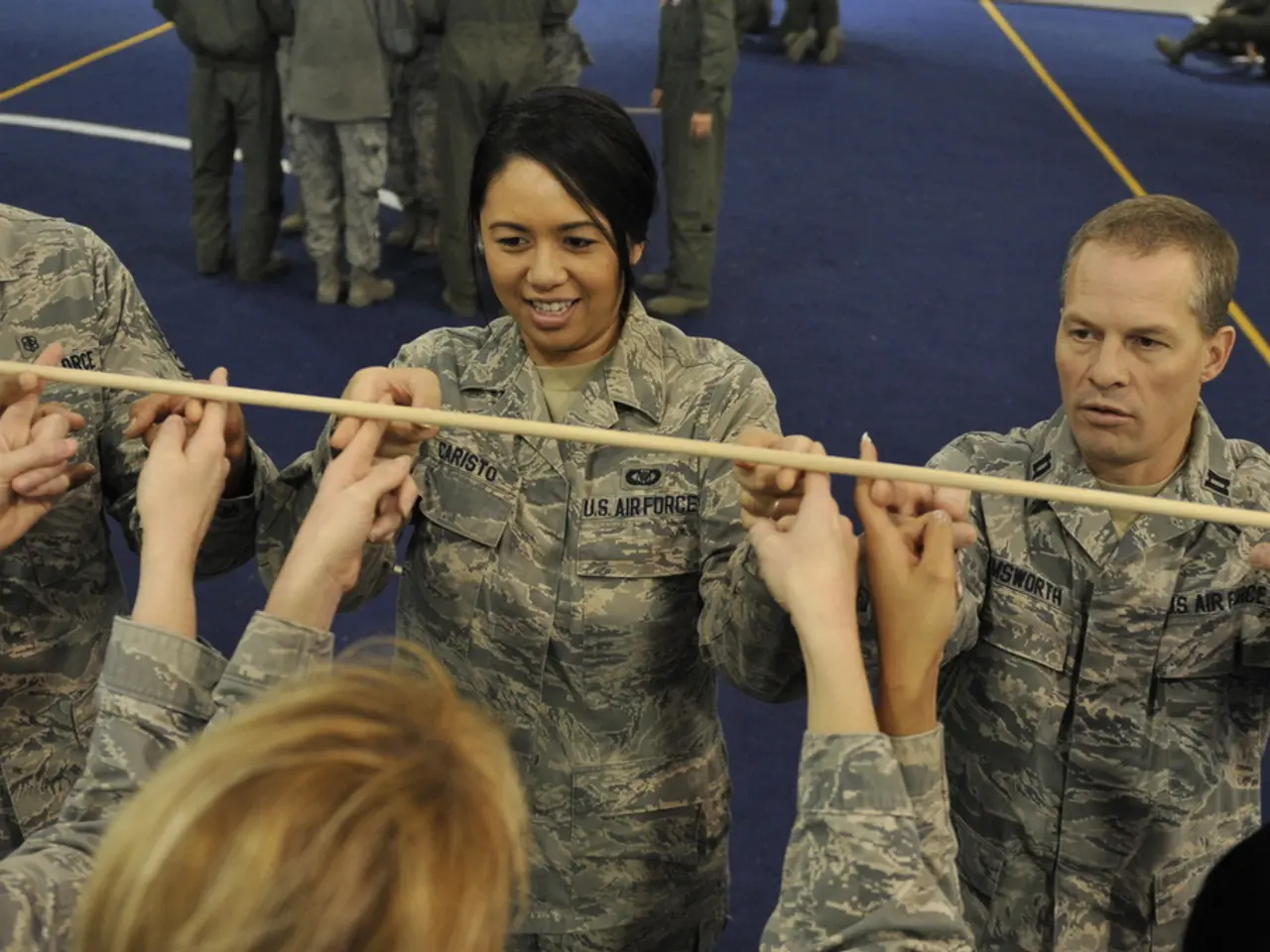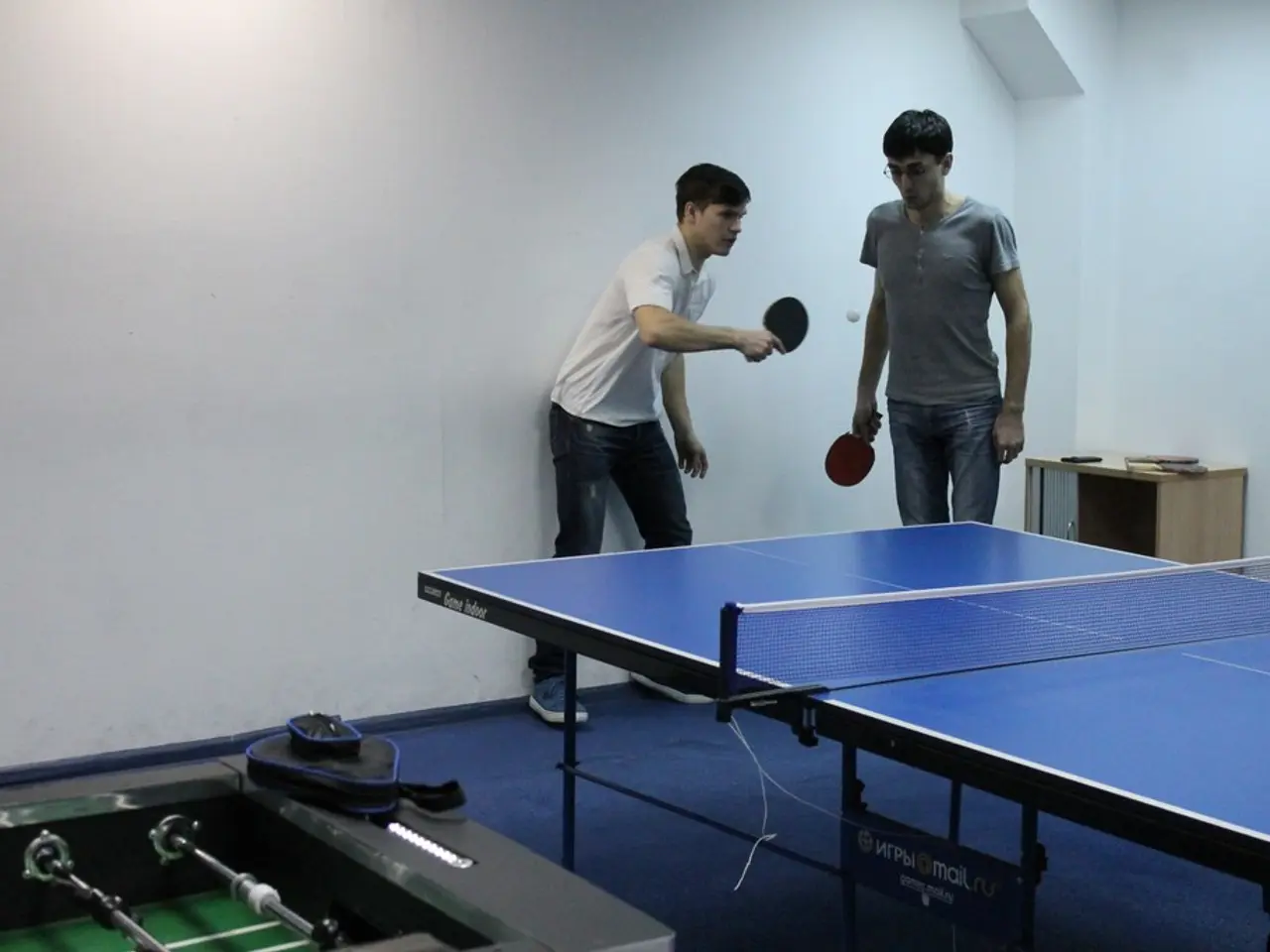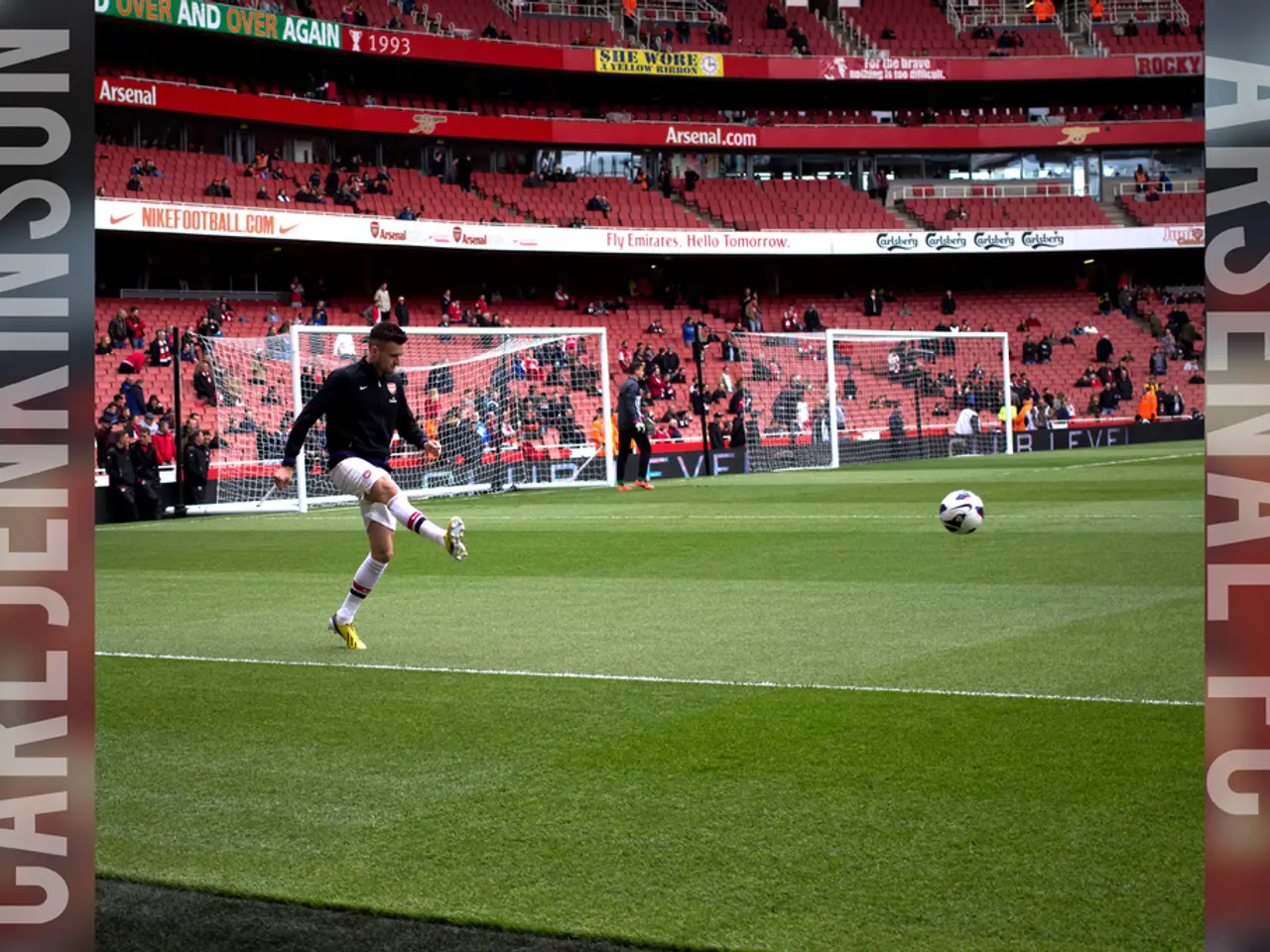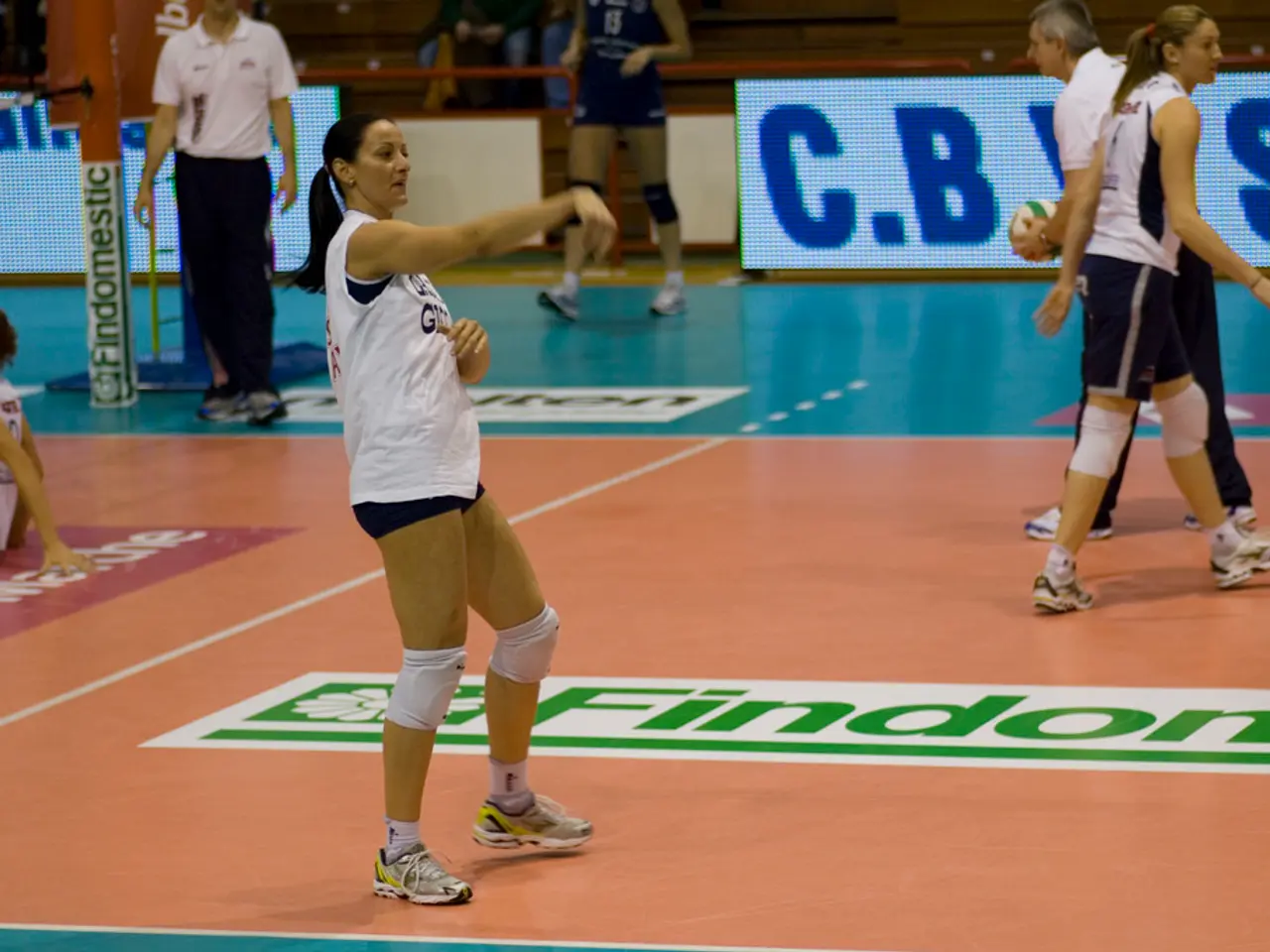Military Trainees Lose Alternate Physical Training Exercises Due to Comprehensive Revamp of Basic Military Training
The United States Air Force has announced a significant overhaul of its physical training (PT) policies for Basic Military Training (BMT) and technical school, aiming to bolster combat readiness among its recruits and active personnel.
The changes, which took effect in April 2023, are part of a broader effort to revive the warrior ethos and ensure Airmen are combat-ready at all times. This shift comes in response to the heightened operational demands and the reality that Airmen can be called upon suddenly for deployment or combat, as seen in recent military actions and tensions in the Middle East.
Key aspects of the revised policy include a more stringent physical fitness test involving pushups, sit-ups, and a 1.5-mile run, as well as a restructured PT curriculum. BMT trainees, for instance, may now work in teams of 12-15 instead of 50, and may have 90 minutes of PT training daily instead of an hour.
The Air Force conducted a ten-month review of its physical fitness standards, leading to policy revisions designed to better reflect the demands of current and future missions. These changes include a potential shift towards more physically demanding scenarios, such as a two-mile run, and increased testing frequency for all Airmen.
The goal is to establish a common baseline of physical readiness across the training pipeline. To this end, the BMT curriculum is undergoing a complete rewrite to incorporate more physical training, with a focus on smaller training groups, hands-on learning, and more daily PT training.
Chief Master Sergeant of the Air Force David A. Flosi emphasized the need for Airmen to hit the gym more often, stating that any day could be “the day” when Airmen must be physically prepared for combat operations. This urgency is driving changes in PT standards to maintain a higher level of fitness across the force.
In line with this, the Air Force has eliminated the option for trainees in BMT and technical school to use alternate PT drills if they fail an initial assessment. If a trainee fails any component of the test, they must retake the entire test in its original components.
While specific details on alternate PT drills are not fully detailed in publicly available sources, the overarching motive for policy changes is clear: to maintain a uniformly high fitness standard that prepares Airmen for rapid and demanding operational environments without the allowances that might have previously been made during training periods.
In extraordinary circumstances such as an injury temporarily affecting performance, a waiver might be granted. However, the focus remains on ensuring Airmen are physically fit for combat, as they might face it at any time.
These updates are part of a larger shift across the Air Force to prepare troops for the physical and mental challenges of a future conflict. The new curriculum aims to prepare Airmen and Space Force Guardians for combat scenarios, including physically demanding tasks such as lifting, bending, and carrying objects.
No final decisions have been announced regarding the changes in PT tests for BMT and technical school. The Air Force continues to refine its approach, with the ultimate goal of ensuring all Airmen are ready to respond to any operational demands that may arise.
- The Space Force, a branch of the military, might incorporate more physically demanding training scenarios as part of the Air Force's broader effort to prepare troops for future conflicts.
- The Air Force's revised PT policy for BMT and technical school encompasses not only enhanced fitness tests but also a focus on preparing service members for combat scenarios, such as lifting, bending, and carrying objects.
- In line with the Space Force's mission, the Air Force's PT overhaul is designed to ensure that both Airmen and Space Force Guardians possess a uniformly high fitness standard, ready to face combat at any given moment.





